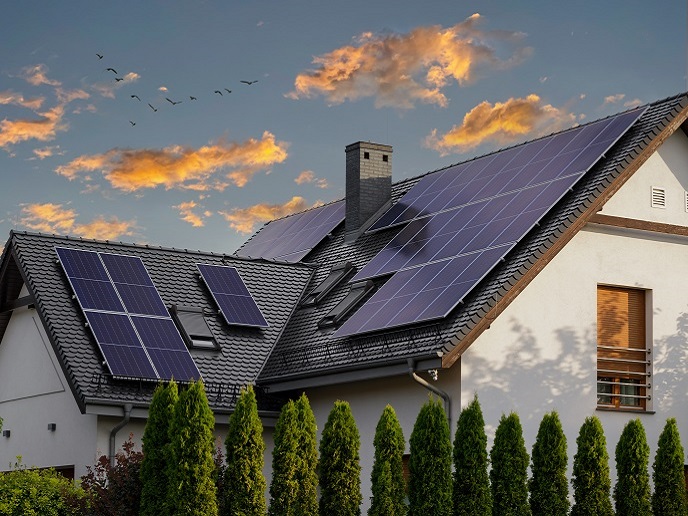Building a path towards energy efficiency
The Surefit(opens in new window) project was launched in response to the urgent need to improve the energy performance of Europe’s buildings. Under the European Green Deal(opens in new window), the EU is committed to reducing emissions by at least 55 % by 2030, and achieving climate neutrality by 2050. To help deliver on this ambition, Surefit seeks to revolutionise EU homes, making them more energy-efficient, cost-effective and carbon-neutral. “We want to offer the technologies we develop to enterprises and partners all across Europe,” says project coordinator Sérgio Tadeu from ISQ(opens in new window). “This implies the creation of business models that take into account utilising a high level of prefabrication, akin to an easy-to-install approach.”
Achievable objectives
The project’s goals are ambitious: to reduce primary energy use and carbon emissions by 60 %, lower renovation costs by 50 % and decrease renovation time by 40 %. To achieve these objectives, the project brings together a diverse consortium of institutions and businesses from Finland, France, Germany, Greece, Portugal, Spain, Türkiye and the United Kingdom, pooling the collective expertise and resources of its partners. The Surefit project incorporates a range of innovative technologies into its demo sites. They include prefabricated panels, photovoltaic vacuum glazing as a type of high-performance window for electricity generation, novel solar thermal and photovoltaic systems, panels filled with phase-change material to store heat, a novel evaporative cooling system, a window heat recovery device, and innovative multipurpose heat pumps.
Customisable and efficient
Instead of applying a one-size-fits-all approach, the project will customise renovations based on the distinct needs of each building and its location. So every renovation is specifically tailored to meet the unique conditions, optimising energy efficiency. The importance of pilot testing in different countries is paramount in achieving these results, as Tadeu highlights: “Climate conditions make a significant difference, so we have to choose suitable solutions according to location. This involves the selection of insulation materials and their thickness or technologies to take advantage of renewable energy sources according to the building’s solar exposure, for example.” So far, the initial simulated results have been promising, showing the potential for significant reductions in carbon emissions. Additionally, the initiative has developed a guide on retrofitting residential buildings with a step-by-step methodology and produced a tool that guides stakeholders in selecting the best energy-saving options for renovations. Both will be made available in the coming months. “The tool is extremely useful, because it balances economic and environmental criteria,” explains Tadeu. “Some building owners have greater investment capacity than others, and this will determine the tech selected and the extent of the retrofitting.”



